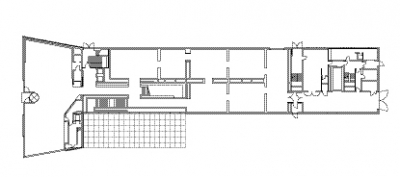Brandhorst Museum
The Brandhorst Museum will house a substantial private collection of late 20th-century and contemporary art, mostly paintings. It is a simple elongated building of three interconnecting volumes; its tall head marks the south-eastern corner of the Munich museum quarter.
The architecture of the museum has been designed to create ideal light conditions in an exhibition environment that according to the nature of the collection will have an almost domestic quality in its interior. By contrast, the building s exterior will communicate what gives this collection its unique character it being a place of contemporary, living art.
The design creates a subtle differentiation in character between the various exhibition spaces through the different daylight qualities as well as through a deliberate variation in the sequence and dimensions of the rooms. The museum is arranged on three floors connected by a generous staircase.
On the basement level is a large day-lit patio that forms the focal point for a suite of galleries dedicated to graphic art and video. The universal exhibition spaces on the ground level are illuminated by a daylighting system that brings in zenith light through a series of reflectors. The top level has continuous skylights in all its large galleries.
Whereas the main aim inside the museum is to create ideal display conditions, the exterior is intended to direct attention to its role as a repository of lively art. The polychromatic façade appears similar to a large, abstract painting. In front of a horizontally folded bi-coloured perforated metal skin that absorbs the traffic noise, 36,000 ceramic rods are hung individual.These, glazed in 23 different colours, are arranged in three colour families in such a way that the building appears to consist of three interlocking volumes.The appearance of the building alters with the movement of the observer: the layering of horizontal and vertical lines along with the contrast and merging of colours creates multiple impressions of oscillation almost of dematerialisation.
A completely new strategy has been developed that permits savings of 50% of thermal and 26% of electrical energy in comparison to similar buildings. Consequently, associated CO²-emissions should be reduced by 356 tonnes/year. Cooling and heating are run with geothermal energy, managed by an up-to-date adsorption heat pump. Effectively, the museum recycles the waste energy of the surrounding buildings, which is warming the local ground water considerably. So, the museum not only exploits an existing and free energy source, but also helps to restore the thermal equilibrium of the local groundwater. A system of water pipes installed beneath below the surfaces activates the floors and walls. These exchange heat with the rooms, creating stable climatic conditions for the art on display. This lowers the need for mechanical air conditioning by almost a half. Thanks to the elaborate daylighting system, natural light will be used for 50%-75% of the museums opening hours presumably. This not only creates an outstanding quality of light for the art, but also leads to significant savings in the museums operating costs.

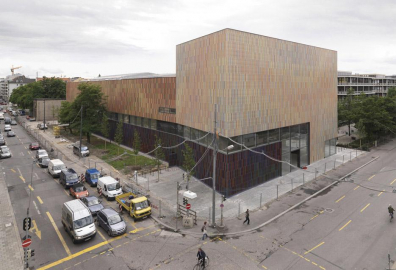
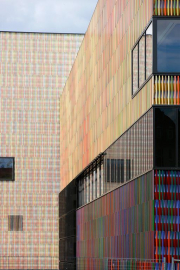
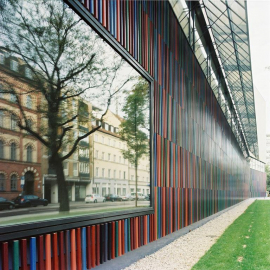
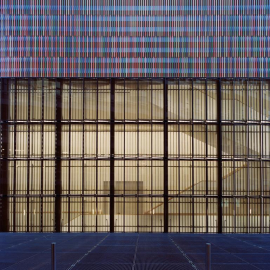
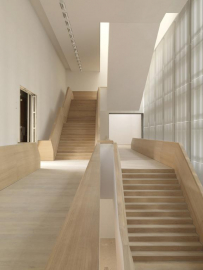
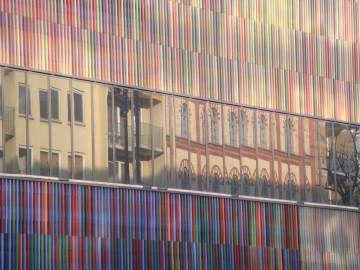
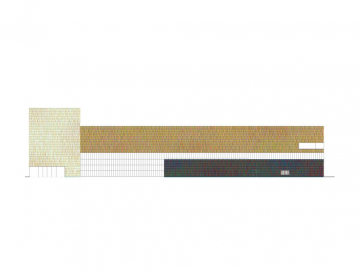
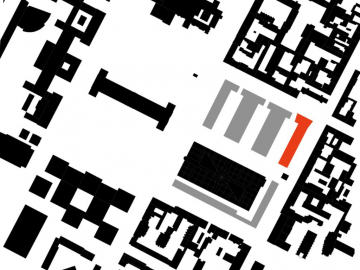
.jpg)
.jpg)
